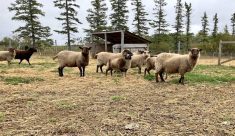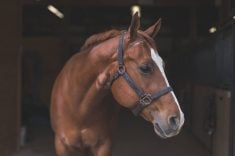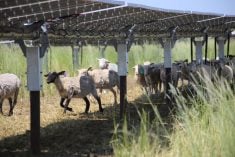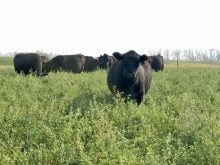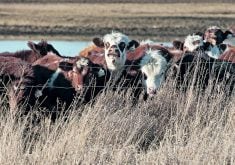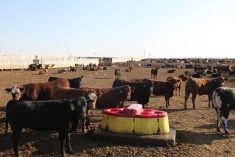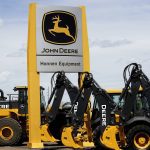Perhaps one of the most misunderstood terms in the cattle industry is yardage. What is yardage?
Yardage is your fixed costs, such as machinery and facilities, and the variable costs related to those fixed costs. These include interest, depreciation, taxes and insurance, repairs, utilities, custom work, and labour. Yardage then is your daily non-feed costs divided by the total number of head days. Although yardage costs may vary, they are typically comprised of 36 per cent for labour, 18 per cent for custom work, 12 per cent for depreciation, 10 per cent for machinery repair, and nine per cent each for utilities and fuel. Taxes, leases, insurance, building and corral repairs account for the remainder (WBDC). In both cow-calf and feeding operations, the largest share of yardage cost is labour.
Read Also
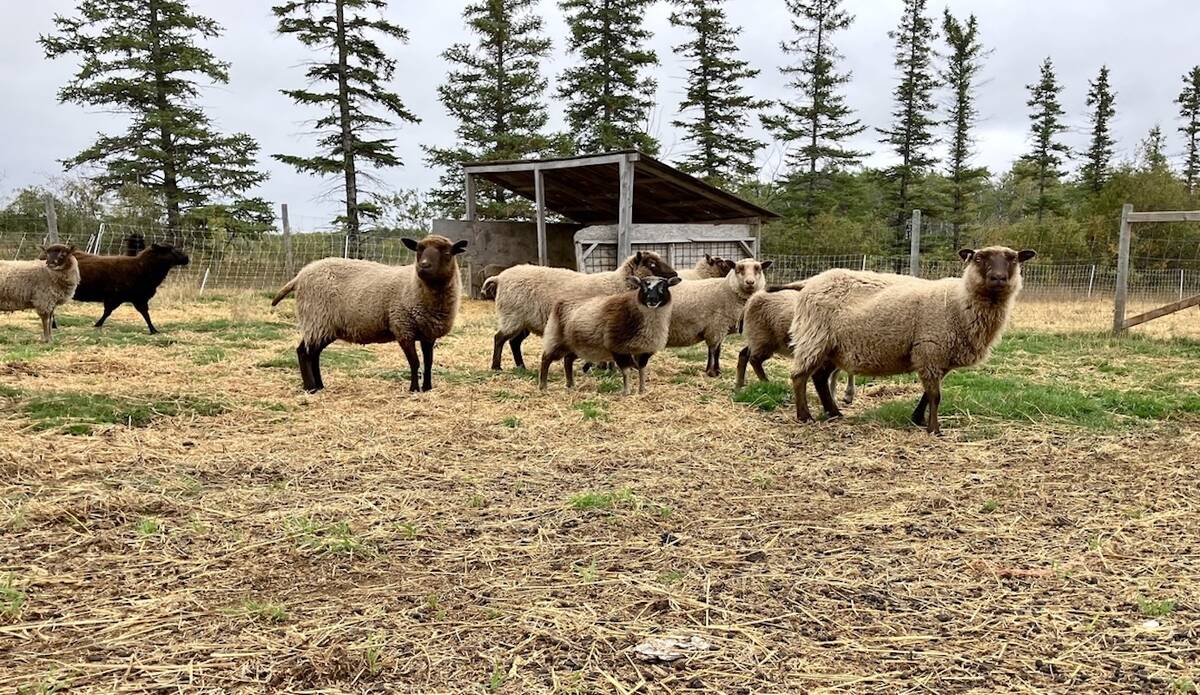
Mosquito-borne virus could be devastating to sheep breeding operations
Cache Valley virus, a mosquito-borne disease that infects small ruminants, could be a devastating hit to small operations.
Depending on the operation, veterinarian care and bedding may or may not be included in the yardage cost. When calculating yardage or considering placing cattle on feed, it is important to know what is included. Those items not listed in the yardage cost will be billed out to the cattle at cost plus.
Yardage costs apply to both cow-calf and feedlot operators. The cow-calf operator uses yardage as part of the exercise to determine the cost of producing a calf, while the cattle feeder applies to the cost of yardage in addition to the cost of feed to determine the full cost of gain. In both operations, yardage is an important calculation that captures all non-feed costs.
Establishing yardage on the mixed farm or on the farm where services and equipment are shared between owners or commodities is a little more complicated. A good exercise would be to identify the time that each piece of equipment is used for the enterprise and then put a value to that time. The cost of maintaining the machinery, servicing the debt, housing the equipment, and insurance also has to be allocated. A good example is when a tractor is used for both producing grain for sale and then for feeding cattle. The time the tractor spends feeding must be a cost to the cattle as expressed in the yardage.
Yardage is charged as a head day cost in the feedyard. To calculate head days in the feedyard, take the actual utilization of the feedlot capacity and multiply by 365 days. For example, a feedyard with a 25,000-head capacity that is 85 per cent utilized will have a total of 7,756,250 head days in a year (25,000 x .85 = 21,250 x 365 days = 7,756,250 head days). Although most feedyards calculate yardage based on full pen utilization, the cost of yardage is significantly higher when yards are not used to capacity.
To calculate the yardage cost per head day, divide the head days into the total annual yardage costs. Using the example below, if the total yardage costs (X) were $3,878,125 then the yardage cost per head day is $0.50 ($3,878,125 (X) total yardage cost / 7,756,250 (Y) head days= $0.50 head/day).
The feedyard then takes this calculation a step further and puts the yardage cost into the cost of gain. As the cattle increase in gain, yardage costs are less. Based on our example of $0.50 head day cost, the steer gaining 3.8 pounds per day has a yardage cost of per pound of gain of $0.13 cwt while the steer gaining 2.5 pounds per day has a yardage cost of $0.20 cwt. This magnifies the importance of identifying yardage costs, utilizing facilities to full potential, and maximizing on animal gain.
BrendaSchoeppisamarketanalystandtheownerandauthorofBeeflink,anationalbeefcattlemarketnewsletter.Aprofessionalspeakerandindustrymarketandresearchconsultant,sheranchesnearRimbey,Alberta. [email protected]
———
Whencalculating yardageorconsidering placingcattleonfeed, itisimportanttoknow whatisincluded.



